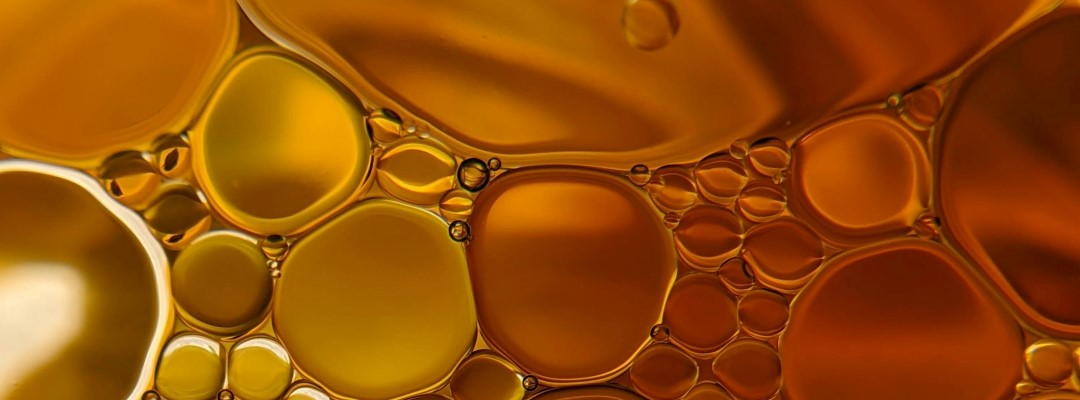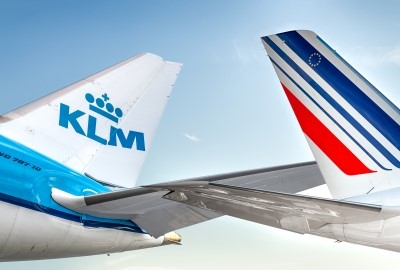Report: one SAF is greener than others
An analysis by Jefferies exposes varying environmental benefits of Sustainable Aviation Fuels (SAF). The report highlights disparities in CO2 emissions savings, emphasizing the influence of production pathways and feedstock choices.
SAF refineries in the world use different production methods, AIN Online writes. Most SAF refineries are using the so-called HEFA production process. Many new projects are using alcohol-to-jet (ATJ) and Fischer-Tropsch pathways. The latter may have higher initial capital costs, but their operational costs are lower.

The Jefferies' report that AIN Online describes, dissects SAF, emphasizing significant differences in environmental impact based on production pathways and feedstocks. Notably, vegetable oil in the HEFA process offers modest CO2 savings compared to Fischer-Tropsch-derived SAF. Despite higher initial costs, ATJ and Fischer-Tropsch pathways show potential for long-term efficiency.
Feedstock choices matter a lot, AIN Online states. “For example, using new vegetable oil (as opposed to used cooking oil) as a feedstock for the HEFA process provides only up to a 20 percent savings in carbon emissions compared to Fischer-Tropsch-derived SAF from CO2 and hydrogen using renewable energy, which could bring that number to near 100 percent savings.”


